Optimal Timing for French Drain Installations

Spring offers moderate temperatures and thawed ground, making it suitable for installing French drains.
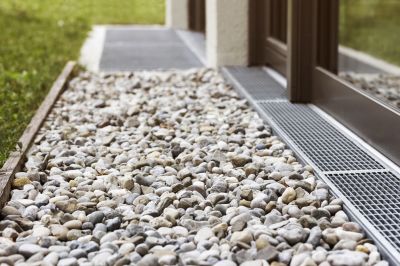
Summer provides dry weather, reducing installation delays caused by rain or frozen soil.
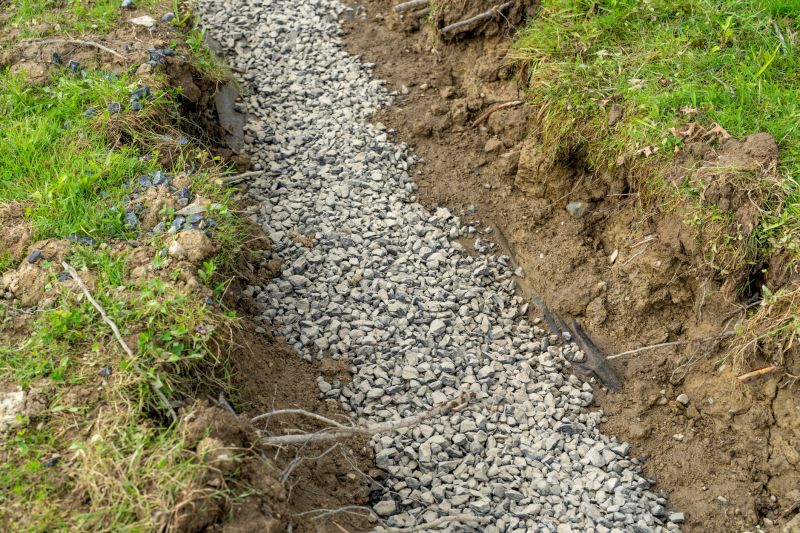
Fall allows for installation before winter, with cooler temperatures and manageable ground conditions.

Ways to make French Drain Installations work in tight or awkward layouts.
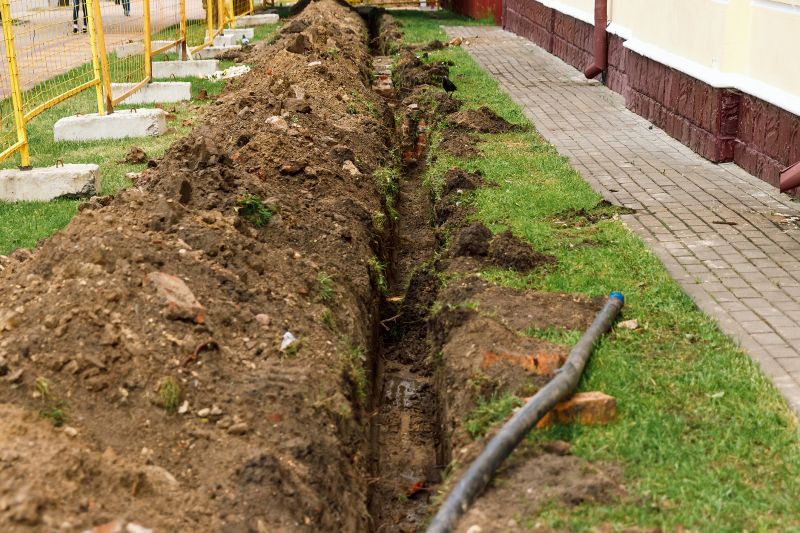
Popular materials for French Drain Installations and why they hold up over time.
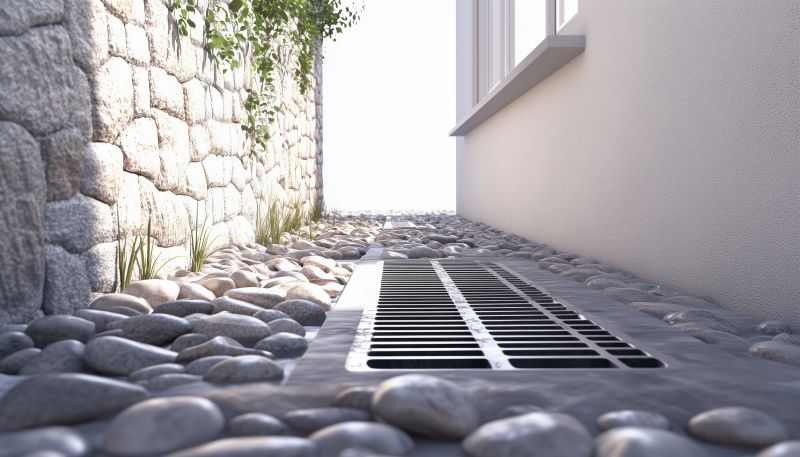
Simple add-ons that improve French Drain Installations without blowing the budget.
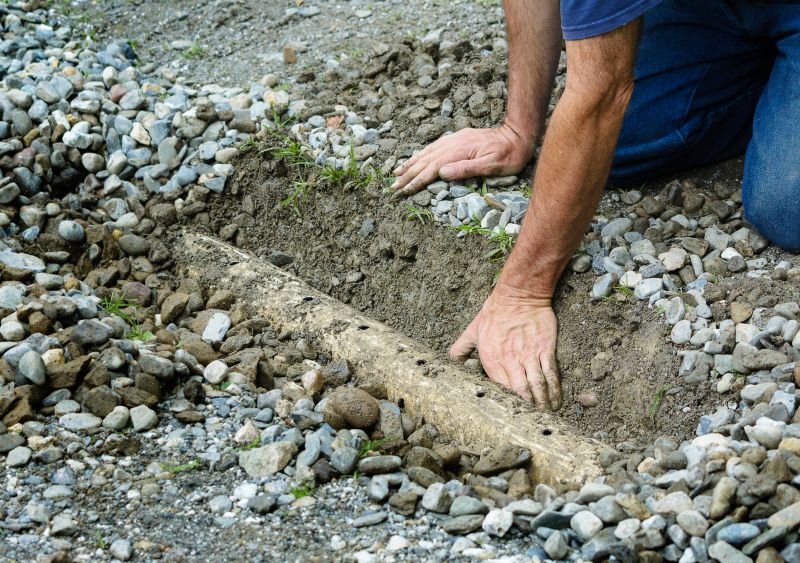
High-end options that actually feel worth it for French Drain Installations.
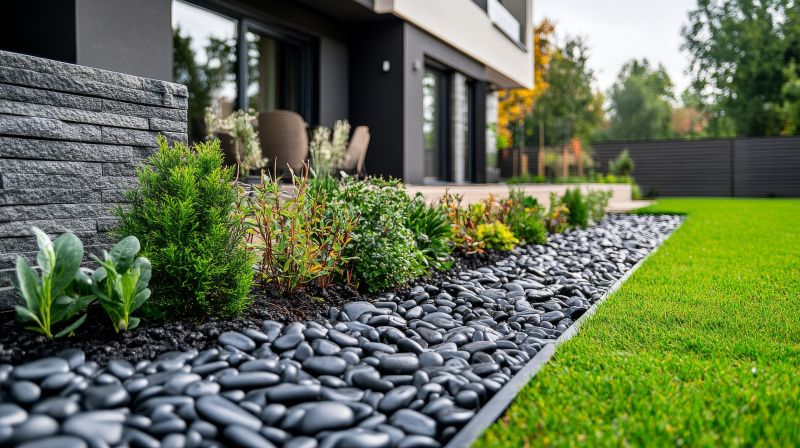
Finishes and colors that play nicely with French Drain Installations.
French drain installations are most effective when performed during periods of moderate weather. Proper installation requires soil to be workable and free of excessive moisture or frost. Timing can influence the longevity and performance of the drain system, as installation in optimal conditions minimizes disruptions and ensures proper settling.
Statistics indicate that approximately 60% of drainage system issues are related to improper installation timing. Installing during seasons with stable soil conditions reduces the risk of future problems such as clogging or shifting. Planning installations during spring or fall can enhance drainage efficiency and durability.

Spring's thawed ground allows for easier trenching and installation of drainage pipes.
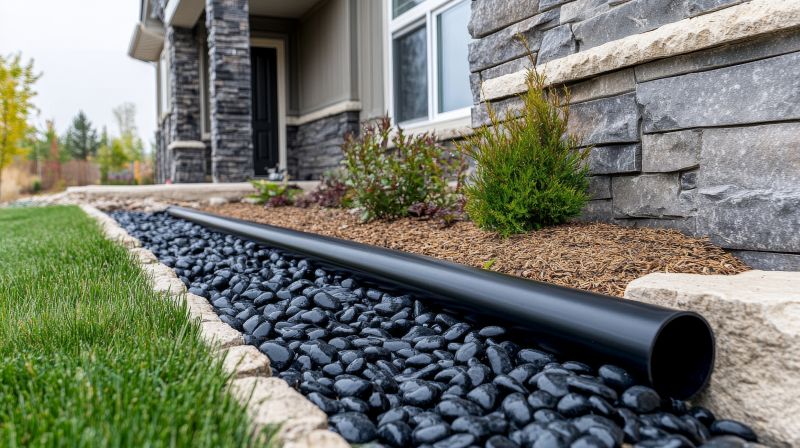
Dry summer weather minimizes delays and soil compaction issues during installation.

Fall provides cooler temperatures and manageable soil moisture for effective installation.
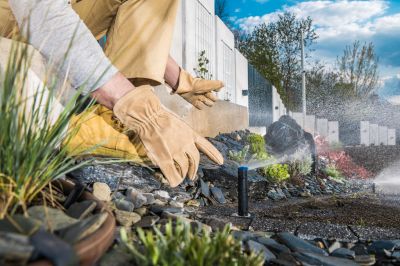
Winter is generally less ideal due to frozen ground and limited workable conditions.
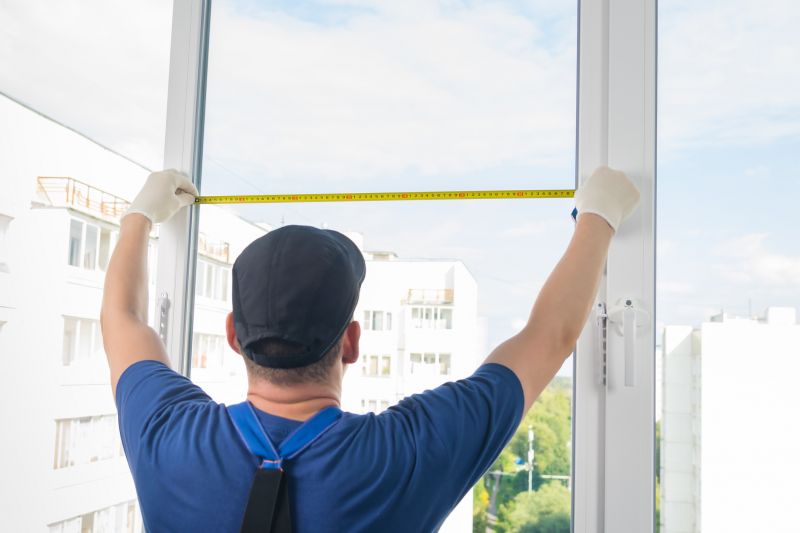
Little measurements that prevent headaches on French Drain Installations day.
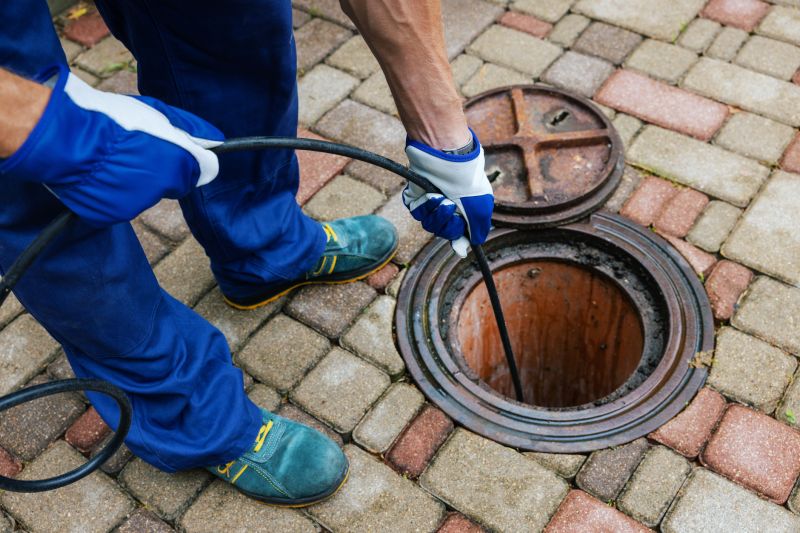
A 60-second routine that keeps French Drain Installations looking new.
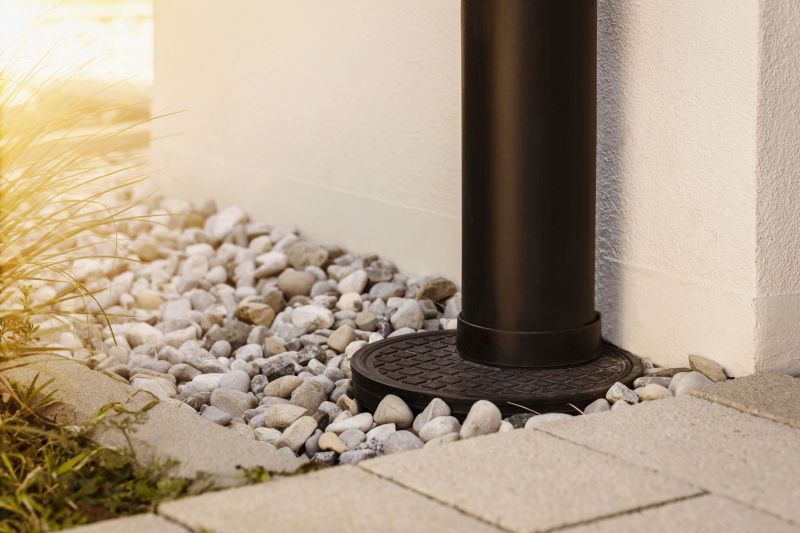
A frequent mistake in French Drain Installations and how to dodge it.

Small tweaks to make French Drain Installations safer and easier to use.
| Season | Ideal Conditions |
|---|---|
| Spring | Moderate temperatures, thawed soil, minimal rain |
| Summer | Dry weather, soil is workable |
| Fall | Cool temperatures, dry soil, before winter |
| Winter | Frozen ground, limited feasibility |
French drain systems are essential for managing excess water around foundations, yards, and landscaping. Proper timing of installation ensures optimal performance and reduces the likelihood of future repairs. Awareness of seasonal conditions helps in planning effective drainage solutions that last.
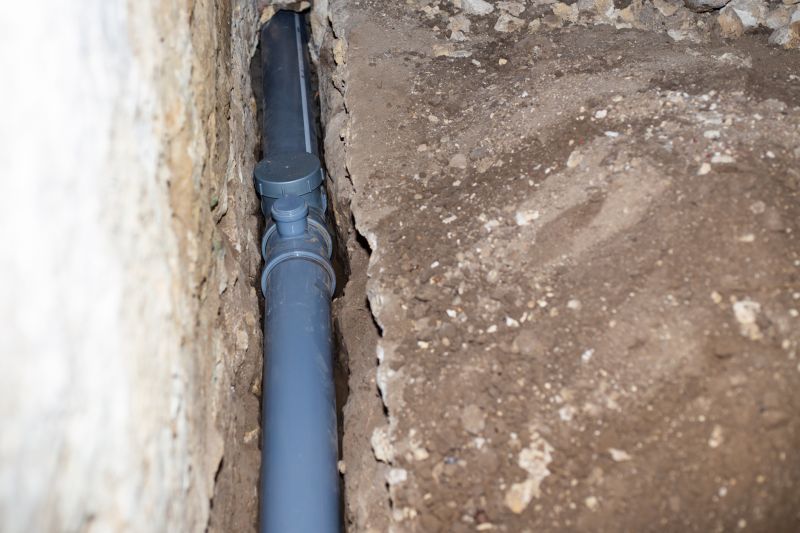
Professional trenching and pipe laying during optimal seasons.
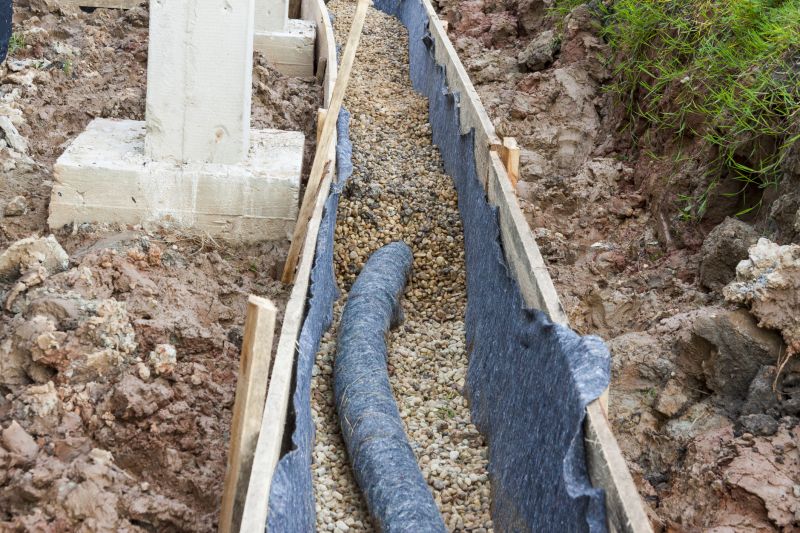
Effective drainage system installed with proper grading and materials.
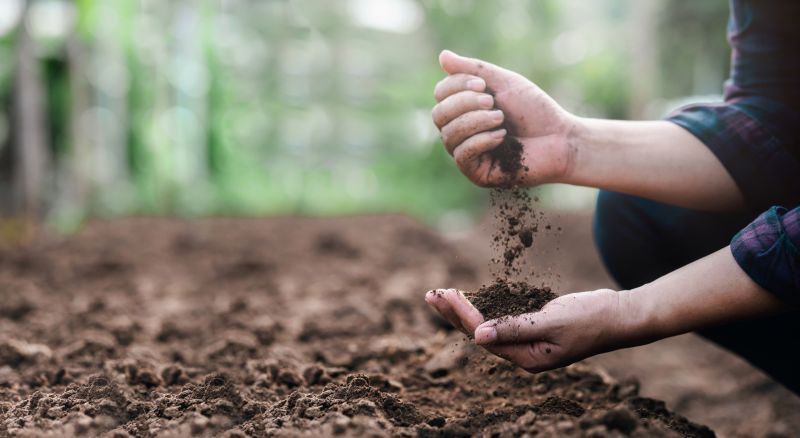
Soil is prepared for installation during suitable weather conditions.
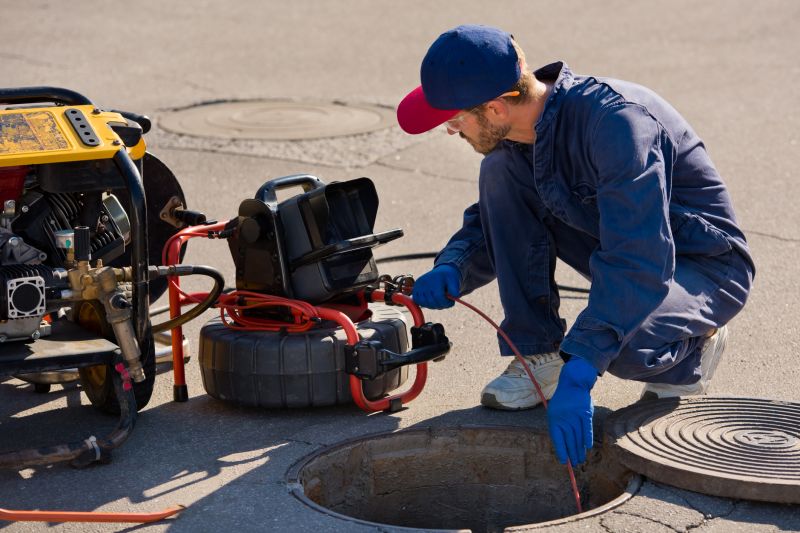
Regular inspection and maintenance extend the lifespan of French drains.

Lower-waste or water-saving choices for French Drain Installations.
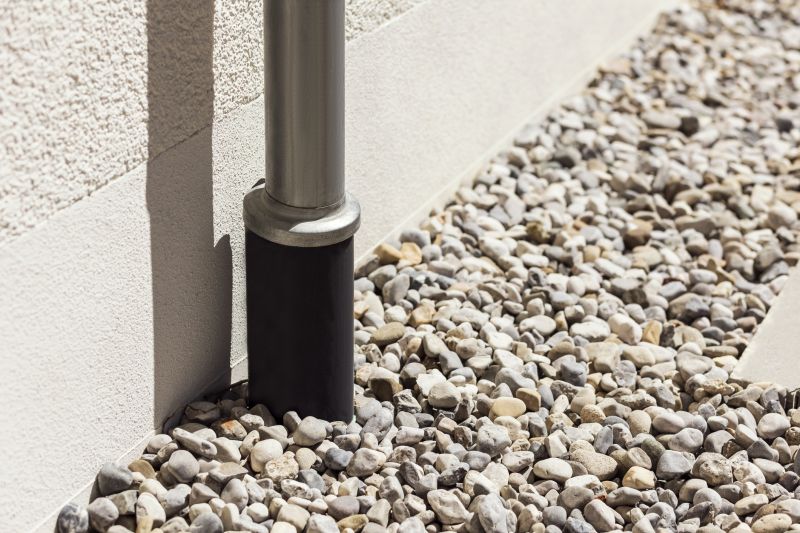
The short, realistic tool list for quality French Drain Installations.
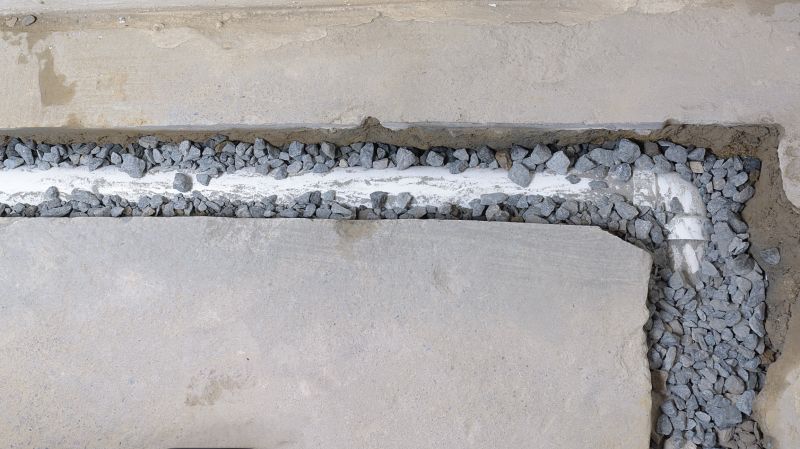
Rough timing from prep to clean-up for French Drain Installations.
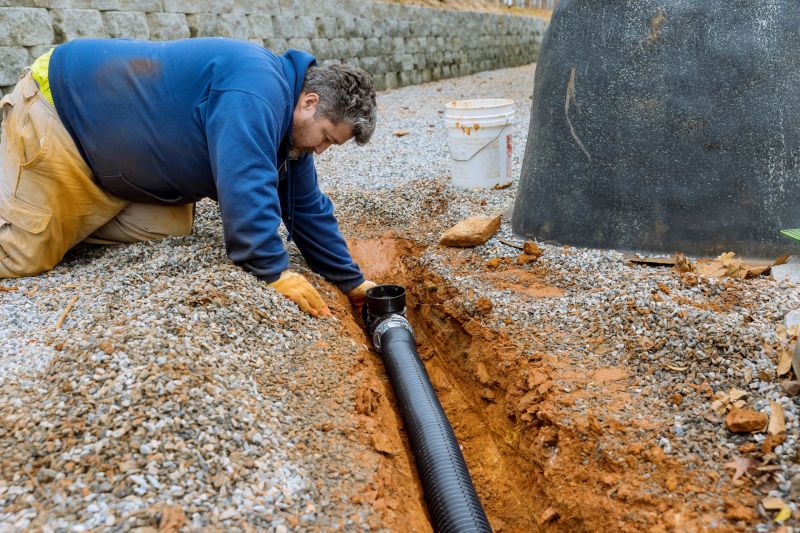
Quick checks and paperwork to keep after French Drain Installations.
Interested parties are encouraged to contact for further information about scheduling French drain installations during the most suitable seasons. Proper timing can improve system efficiency and longevity, making it a valuable consideration for property drainage management.
Examples that show the impact a good French Drain Installations can make.
Ways to make French Drain Installations work in tight or awkward layouts.
Ways to make French Drain Installations work in tight or awkward layouts.
